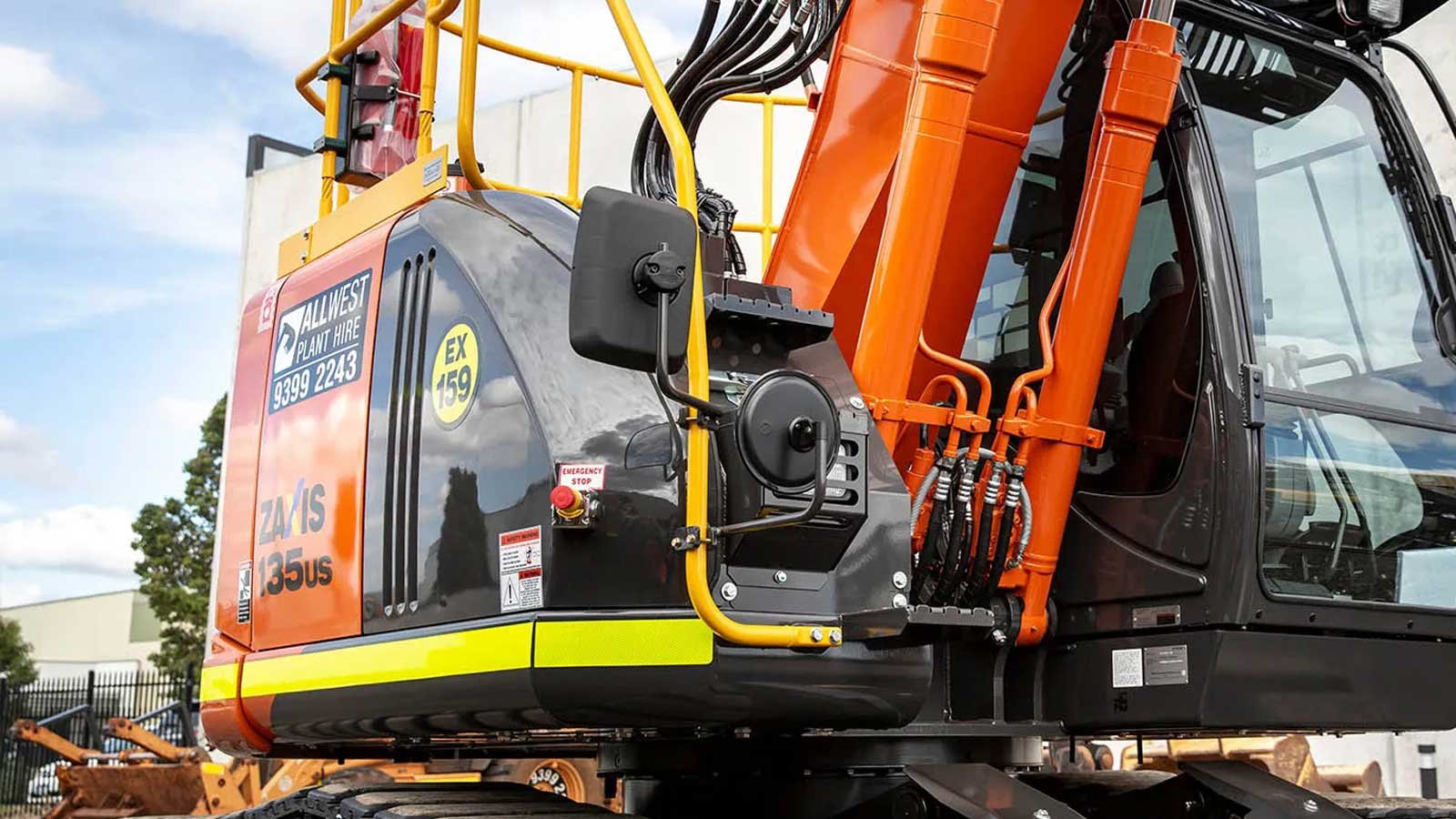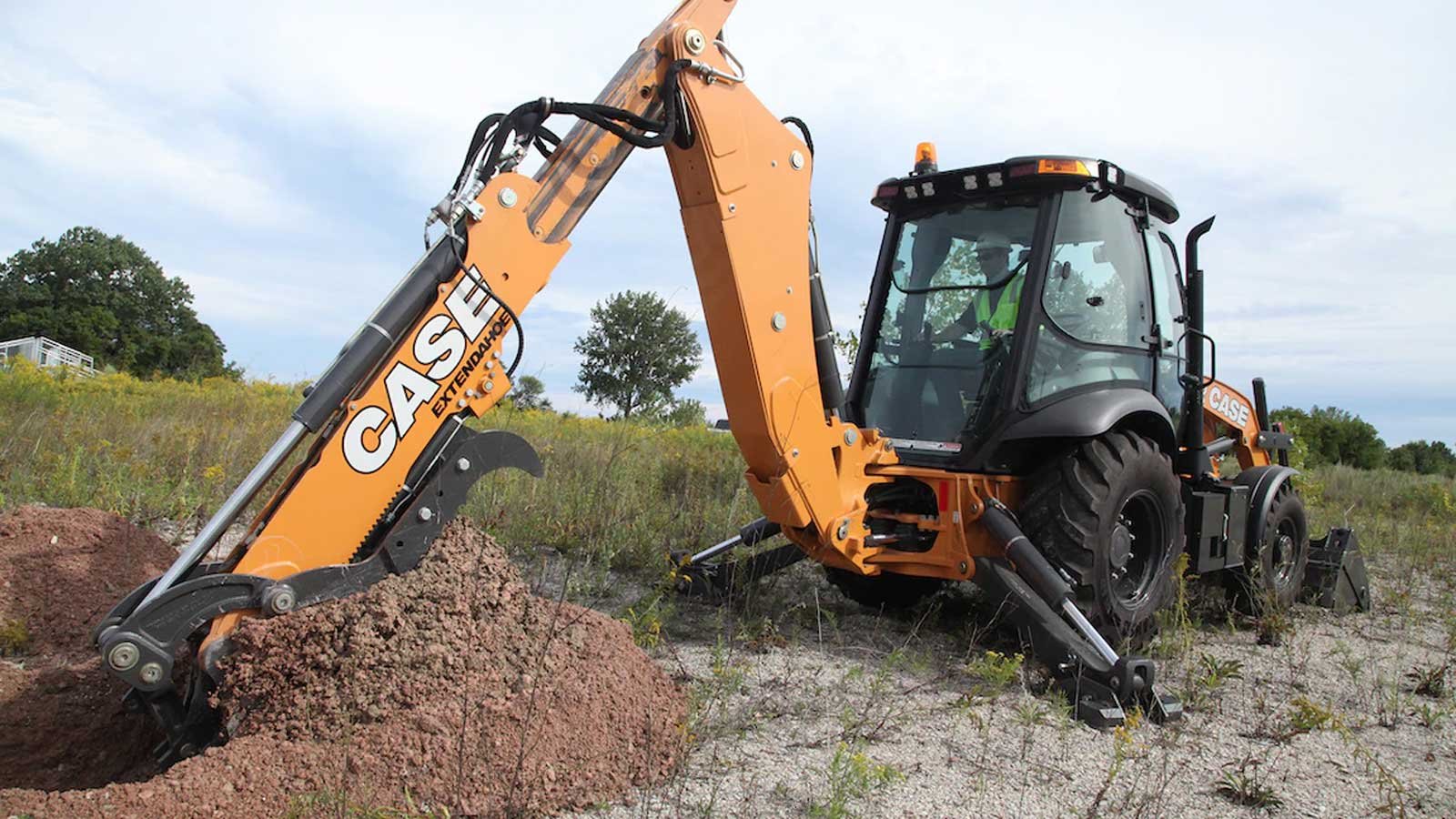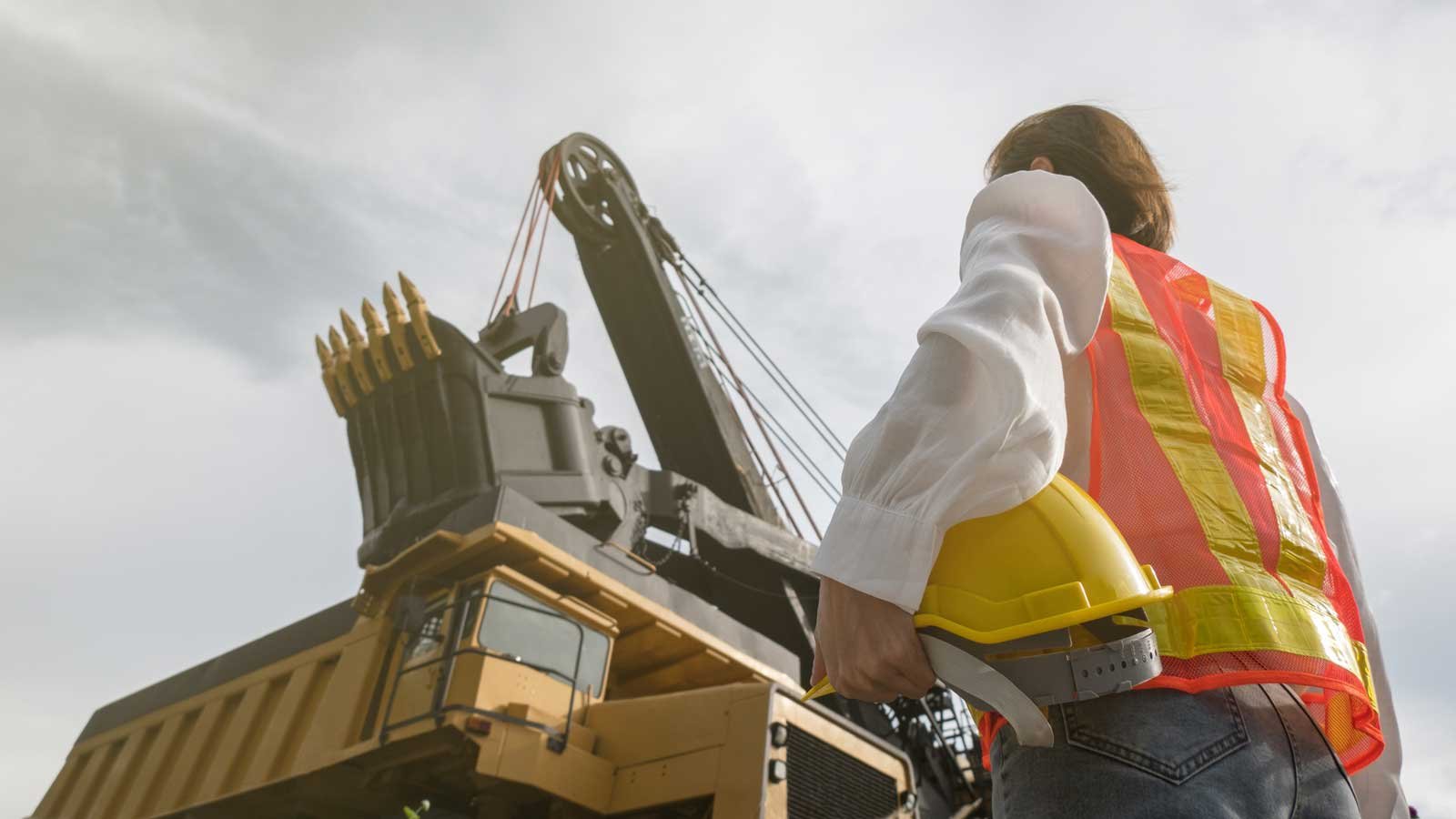Lifting Capacity
In this article
What does lifting capacity mean?
How Ideagen Plant Assessor considers lifting capacity
What does lifting capacity mean?
Lifting capacity refers to the maximum weight of a freely suspended load a piece of equipment can safely lift and handle. This high risk activity has a range of risk controls for any lift, ensuring the safe operation involving cranes, forklifts, hoists and other lifting equipment. The lifting capacity is determined by the manufacturer based on the design and structural integrity of the machinery.
How Ideagen Plant Assessor considers lifting capacity
When conducting machinery risk assessments using Ideagen Plant Assessor, plant inspectors are prompted to consider a range of safe lifting controls, including rated capacity labelling. In this article we are specifically referring to the lifting capacity labels required on earthmoving machines.
Replacing SWL with rated capacity - 2002
Australian Standard 1418.1:2021 Cranes, hoists and winches details the requirements for cranes. It was revised in 2002 and part of this revision included replacing the term 'safe working load' with 'rated capacity'.
Any reference to SWL was also removed in this version of the standard. In the preface of AS 1418.1 the following insight is provided into the change:
“The term ‘safe working load’ has been changed to ‘rated capacity’ and other uses of the word ‘safe’ have been avoided due to the legal significance placed on the word.”
Earthmoving equipment – 2008
Excavators, wheel loaders and backhoe loaders are types of earthmoving machines commonly used to lift freely suspended loads.
The applicable definition for 'rated capacity' as it applies to earthmoving machinery able to lift freely suspended loads is in AS 1418.8-2008 Cranes, hoists and winches – Special purpose appliances.
“The rated capacity shall be the maximum mass (expressed in kilograms) that may be handled at the maximum lift point radius, or reach, expressed in metres in the most adverse configuration for each lift point without the strength, hydraulic, and stability requirements being exceeded.
The rated capacity shall comprise the mass of the lifted load and the lifting attachments. Where a bucket is fitted, the rated capacity shall be established at the rated lift bucket position that results in the maximum radius.”
FAQs about rated capacity
Below we set out some FAQs relating to rated capacity and how to make sure your machines are correctly labelled.
What does that definition really mean?
It means that a machine’s rated capacity is the maximum weight that it can be used to lift in the weakest possible configuration. As an example, for an excavator, the rated capacity is maximum load that can be lifted over side at full reach on the maximum allowable slope.
How is the rated capacity calculated?
When calculating the rated capacity there are two key machine features that must be considered, stability and hydraulic capacity. The rated capacity must not be greater than:
-
87% of the hydraulic capacity at maximum reach/radius
-
The appropriate percentage of the tipping load that has to be applied to tip the machine as per table 5.5 in AS 1418.8 section 5
-
Stationary lifting = 75% of tipping load
-
Pick and carry = 66% of tipping load unless the machine is articulated then it is 50%
-
I don't get it. My machine can lift 5000kg but the rated capacity label says 900kg
Since the change to the Australian Standard, there is only one figure for rated capacity. Previously machines were supplied with a chart that detailed the maximum load that could be lifted at varying distances. Some machines are still supplied with this chart.
Since 2008, AS 1418.8 only requires a lifting chart to specify one weight in kilograms and one distance in metres, namely the maximum reach of the machine.
Do we need to put a rated capacity safety label on the side of the boom?
If the machine is fitted with a lifting point from which freely suspended loads can be lifted, the standard requires that the rated capacity shall be permanently displayed in a prominent position near the lifting point.
Labelling should be provided on both sides of the machine.
Given that it is foreseeable that a lifting point could be fitted to most of the earthmoving machines commonly used to lift freely suspended loads, Ideagen Plant Assessor considers rated capacity safety labelling to be a minimum requirement for these machine types.
If there is no lifting point fitted and no chance that one could be fitted it could be argued that the label need not be fitted.
What safety label should we be using?
The decal should include the words rated capacity, a mass in kilograms followed by the letters kg. 'Rated Capacity 3500 kg'. You can purchase rated capacity safety labels here.
How big should the safety label be?
AS 1319-1994 Safety Signs for the Occupational Environment contains guidance which Ideagen Plant Assessor has used to determine the minimum size of the lettering in a rated capacity label for an earthmoving machine. AS 1319-1994 requires lettering to be 15mm for every metre of viewing distance.
Ideagen Plant Assessor has determined that the minimum height of rated capacity lettering should be 75mm. This determination has been made on the basis that the label needs to be viewable from 5 metres, therefore 5 x 15 = 75mm.
Does the rated capacity include or exclude attachments?
Rated capacity information should be obtained from the manufacturer of the machine in question, and is usually contained in the machine specifications contained in the operator’s manual.
The manual should provide advice as to whether the rated capacity has been calculated whilst an attachment is attached. Normally it excludes attachments as the weight of attachments can vary unless the lifting point is fitted to the actual attachment such as a quick hitch.
If a lift is to be undertaken whilst an attachment is still attached, the weight of any attachment needs to be subtracted from the rated capacity figure.
For example, if an excavator has a rated capacity of 1,000kg excluding attachments, and a lift is undertaken whilst a 200kg bucket is attached, the rated capacity will be (1,000kg – 200kg = 800kg).
What about customers or sites that insist on either SWL or working load limit (WLL)?
These acronyms are not used in any of the AS 1418 series of standards or in legislation. Ideagen Plant Assessor does not use or recommend use or either in relation to earthmoving machines used as cranes.
What does the law say we should do? Is this a mandatory requirement?
Compliance with the AS 1418 set is not mandatory, however Workplace Health and Safety Legislation places a positive duty on persons conducting a business or undertaking (PCBU) to:
-
Provide information and training on the safe use of machines
-
Make themselves aware of guidance and other information available in exercising their duty of care
So whilst compliance with the requirements of this set of standards is not mandatory, they provide clear and detailed guidance on the management of lifting devices and safe lifting. A PCBU who is unaware of or chooses to ignore such guidance does so at their own peril.
What if my machine has a SWL label, not a rated capacity label?
Strict interpretation of the Standard concludes that it must have a rated capacity label fitted.
At Ideagen Plant Assessor, our position is that a SWL label, whilst it does not comply with the strict wording or calculations of the standard, does provide information relevant to assist in the conduct of safe lifting.
As a result of this, Ideagen Plant Assessor’s position is that machines with legible and suitably sized SWL labels do comply with the essential intent of this part of the Standard and therefore are accepted as compliant.
Disclaimer: This information is intended to provide general information on the subject matter. This is not intended as legal or expert advice for your specific situation. You should seek professional advice before acting or relying on the content of this information.
By Founder, Paul Dean
Originally published September 2022
Updated July 2024
About the Author
Paul Dean is the Founder of Ideagen Plant Assessor. Paul spent 10 years working in the construction industry, and 5 years in the machinery supply industry where he developed a deep knowledge about mobile plant and machinery compliance. Paul's idea for Plant Assessor was created in 2004 after working in the motor vehicle and machinery auction industry and realising the complexity and lack of standardisation when managing machinery and equipment compliance. Read More.








